The Optimal Tradeoff between Energy Consumption and Transmission Success Probability in D2D Assisted Narrow Band-Internet of Things
-
摘要:
在设备到设备(D2D)通信辅助的窄带物联网(NB-IoT)中,为了尽可能提高传输成功率,D2D接收端需要预留较多的通信时隙(可以允许多次重传)。然而,这显著地增加了用户设备(UE)的能耗,特别是在信道条件较差或者相邻D2D链路干扰较严重的情况下。该文基于中继和能耗模型构造了一个传输成功率和能耗折中的优化问题,进而提出一个基于二分法的通信时隙最优配置算法。数值结果表明较多的预留时隙数量极大地增加了UE的能耗,但是不会显著提高传输成功率,与多中继传输、随机中继传输和100%成功传输等其他算法相比,该文提出的预留时隙最优配置算法获得了最小的能耗和几乎最大的传输成功率(只比100%成功传输方案低)。
Abstract:In the Device-to-Device (D2D) communication assisted Narrow Band Internet of Things (NB-IoT), in order to maximize the transmission success probability, the D2D relay device needs to reserve more communication time slots (multiple retransmissions can be allowed to increase the transmission success probability). However, this increases significantly the power consumption of the User Equipment (UE), especially in the case of poor channel conditions or severe interference. An optimization problem based on the relay and energy consumption models is constructed to seek a compromise between transmission success probability and energy consumption, and a communication slot optimal configuration algorithm based on dichotomy is proposed in this paper. The numerical results show that the larger number of reserved time slots can lead to an excessive increase in energy consumption without significantly increasing the transmission success probability. Compared with other algorithms such as multi-relay transmission, random relay transmission and 100% successful transmission, the proposed reserved time slot optimal configuration algorithm can obtain the least energy consumption and almost the highest transmission success probability (it is only lower than that under 100% successful transmission scheme).
-
表 1 DRE最优预留通信时隙配置搜索算法
输入:最小时隙数量N1,最大时隙数量N2,迭代终止阈值 输出:最优时隙数量Nopt 初始化:N1=2, N2, wmax = 0; for k=1 : K 根据${E_k} \cdot P_{{\rm{toBS}}}^k/d_{{\rm{toBS}}}^k$得到ropt; end Repeat mid = $\left\lceil {({N_1} + {N_2})/2} \right\rceil $; 若f((N1+mid)/2) > f((mid+N2)/2) 则N2 = mid; 或f((N1+mid)/2) < f((mid+N2)/2) 则N1 = mid; Until (N2-N1)/2 <$\varepsilon $; Nopt = $\arg \max (f({N_{{\rm{ts}}}}))$, Nts = N1, N2, (N1+N2)/2。 -
NING Zhaolong, HU Xiping, CHEN Zhikui, et al. A cooperative quality-aware service access system for social internet of vehicles[J]. IEEE Internet of Things Journal, 2018, 5(4): 2506–2517. doi: 10.1109/JIOT.2017.2764259 刘素艳, 刘元安, 吴帆, 等. 物联网中基于相似性计算的传感器搜索[J]. 电子与信息学报, 2018, 40(12): 3020–3027. doi: 10.11999/JEIT171085LIU Suyan, LIU Yuanan, WU Fan, et al. Sensor search based on sensor similarity computing in the internet of things[J]. Journal of Electronics &Information Technology, 2018, 40(12): 3020–3027. doi: 10.11999/JEIT171085 彭建华, 张帅, 许晓明, 等. 物联网中一种抗大规模天线阵列窃听者的噪声注入方案[J]. 电子与信息学报, 2019, 41(1): 67–73. doi: 10.11999/JEIT180342PENG Jianhua, ZHANG Shuai, XU Xiaoming, et al. A noise injection scheme resistant to massive MIMO eavesdropper in IoT[J]. Journal of Electronics &Information Technology, 2019, 41(1): 67–73. doi: 10.11999/JEIT180342 YAQOOB I, AHMED E, HASHEM I A T, et al. Internet of things architecture: Recent advances, taxonomy, requirements, and open challenges[J]. IEEE Wireless Communications, 2017, 24(3): 10–16. doi: 10.1109/MWC.2017.1600421 NING Zhaolong, XIA Feng, ULLAH N, et al. Vehicular social networks: Enabling smart mobility[J]. IEEE Communications Magazine, 2017, 55(5): 16–55. doi: 10.1109/MCOM.2017.1600263 YU Changsheng, LI Yu, WU Yuan, et al. Uplink scheduling and link adaptation for narrowband internet of things systems[J]. IEEE Access, 2017, 5: 1724–1734. doi: 10.1109/ACCESS.2017.2664418 CHEN Min, MIAO Yiming, JIAN Xin, et al. Cognitive-LPWAN: Towards intelligent wireless services in hybrid low power wide area networks[J]. IEEE Transactions on Green Communications and Networking, 2019, 3(2): 409–417. doi: 10.1109/TGCN.2018.2873783 KONG Xiangjie, XIA Feng, WANG Jinzhong, et al. Time-location-relationship combined service recommendation based on taxi trajectory data[J]. IEEE Transactions on Industrial Informatics, 2017, 13(3): 1202–1212. doi: 10.1109/TII.2017.2684163 LIU Jiajia and KATO N. Device-to-Device communication overlaying two-hop multi-channel uplink cellular networks[C]. The 16th ACM International Symposium on Mobile Ad Hoc Networking and Computing, Hangzhou, China, 2015: 307–316. doi: 10.1145/2746285.2746311. MILITANO L, ORSINO A, ARANITI G, et al. A constrained coalition formation game for multihop D2D content uploading[J]. IEEE Transactions on Wireless Communications, 2016, 15(3): 2012–2024. doi: 10.1109/TWC.2015.2497682 GAO Chuhan, ZHANG Haoming, CHEN Xinlei, et al. Impact of selfishness in device-to-device communication underlying cellular networks[J]. IEEE Transactions on Vehicular Technology, 2017, 66(10): 9338–9349. doi: 10.1109/TVT.2017.2699862 YANG H H, LEE J, and QUEK T Q S. Heterogeneous cellular network with energy harvesting-based D2D communication[J]. IEEE Transactions on Wireless Communications, 2016, 15(2): 1406–1419. doi: 10.1109/TWC.2015.2489651 CHEN Gaojie, TANG Jinchuan, and COON J P. Optimal routing for multihop social-based D2D communications in the internet of things[J]. IEEE Internet of Things Journal, 2018, 5(3): 1880–1889. doi: 10.1109/JIOT.2018.2817024 MILITANO L, ORSINO A, ARANITI G, et al. Trusted D2D-based data uploading in in-band narrowband-IoT with social awareness[C]. The IEEE 27th Annual International Symposium on Personal, Indoor, and Mobile Radio Communications, Valencia, Spain, 2016: 1–6. doi: 10.1109/PIMRC.2016.7794568. PETROV V, SAMUYLOV A, BEGISHEV V, et al. Vehicle-based relay assistance for opportunistic crowdsensing over narrowband IoT (NB-IoT)[J]. IEEE Internet of Things Journal, 2018, 5(5): 3710–3723. doi: 10.1109/JIOT.2017.2670363 LI Yanjun, CHI Kaikai, CHEN Honglong, et al. Narrowband internet of things systems with opportunistic D2D communication[J]. IEEE Internet of Things Journal, 2018, 5(3): 1474–1484. doi: 10.1109/JIOT.2017.2782323 NING Zhaolong, WANG Xiaojie, KONG Xiangjie, et al. A social-aware group formation framework for information diffusion in narrowband internet of things[J]. IEEE Internet of Things Journal, 2018, 5(3): 1527–1538. doi: 10.1109/JIOT.2017.2777480 -





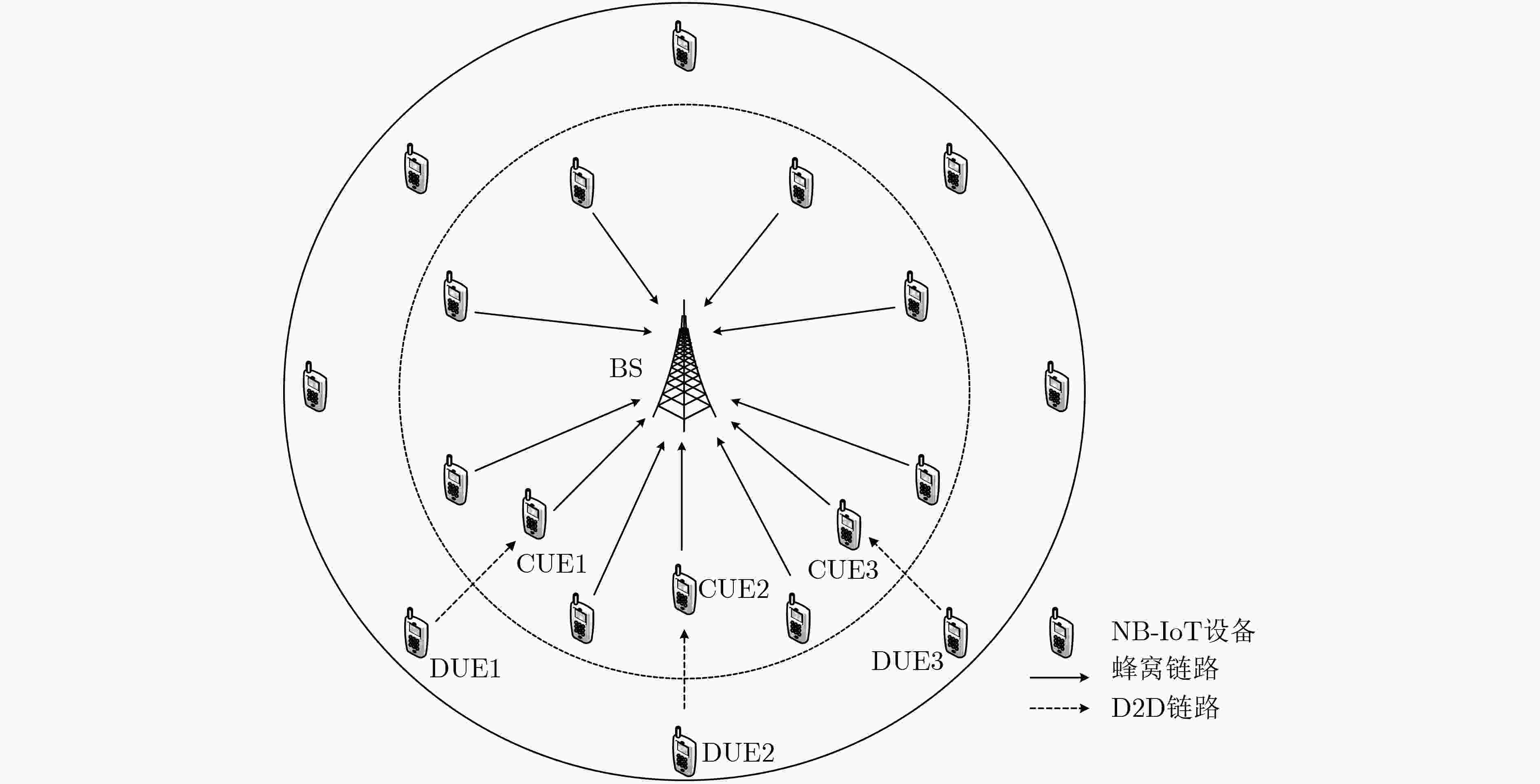
 下载:
下载:
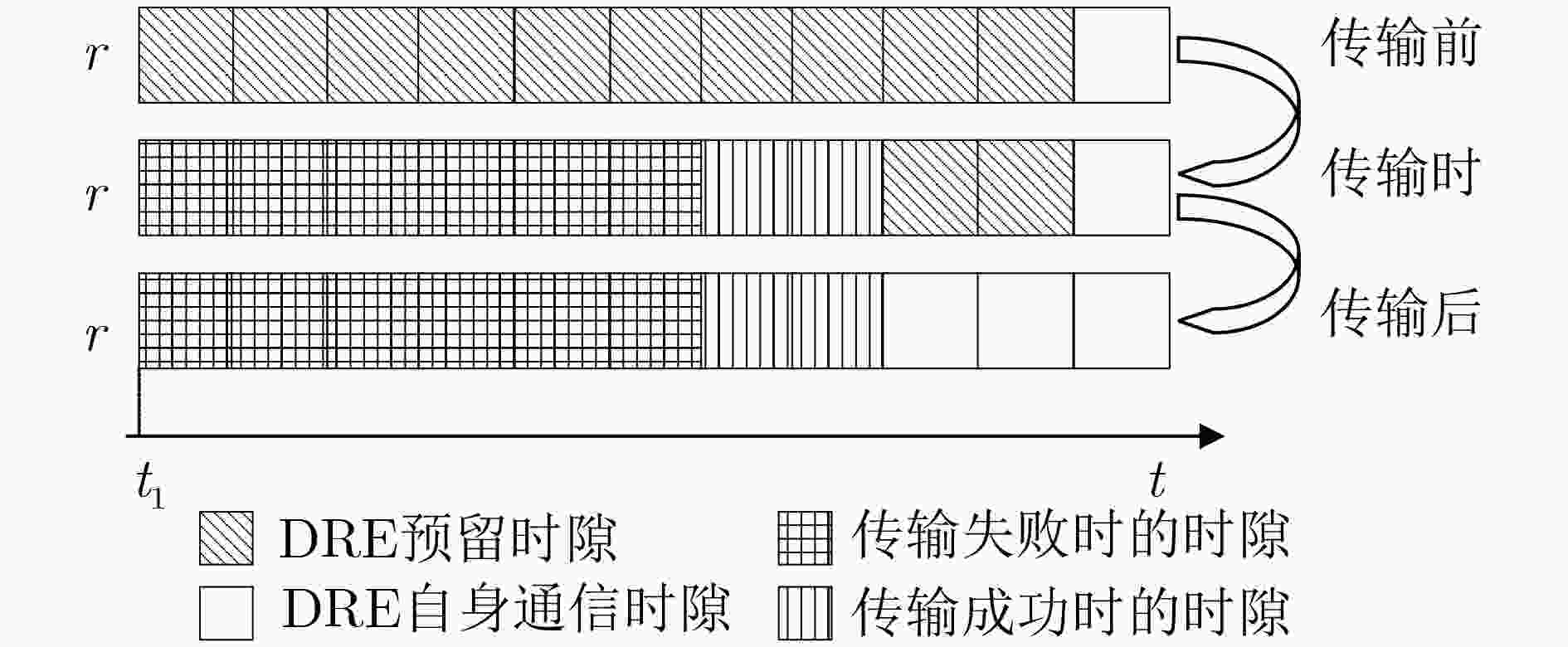
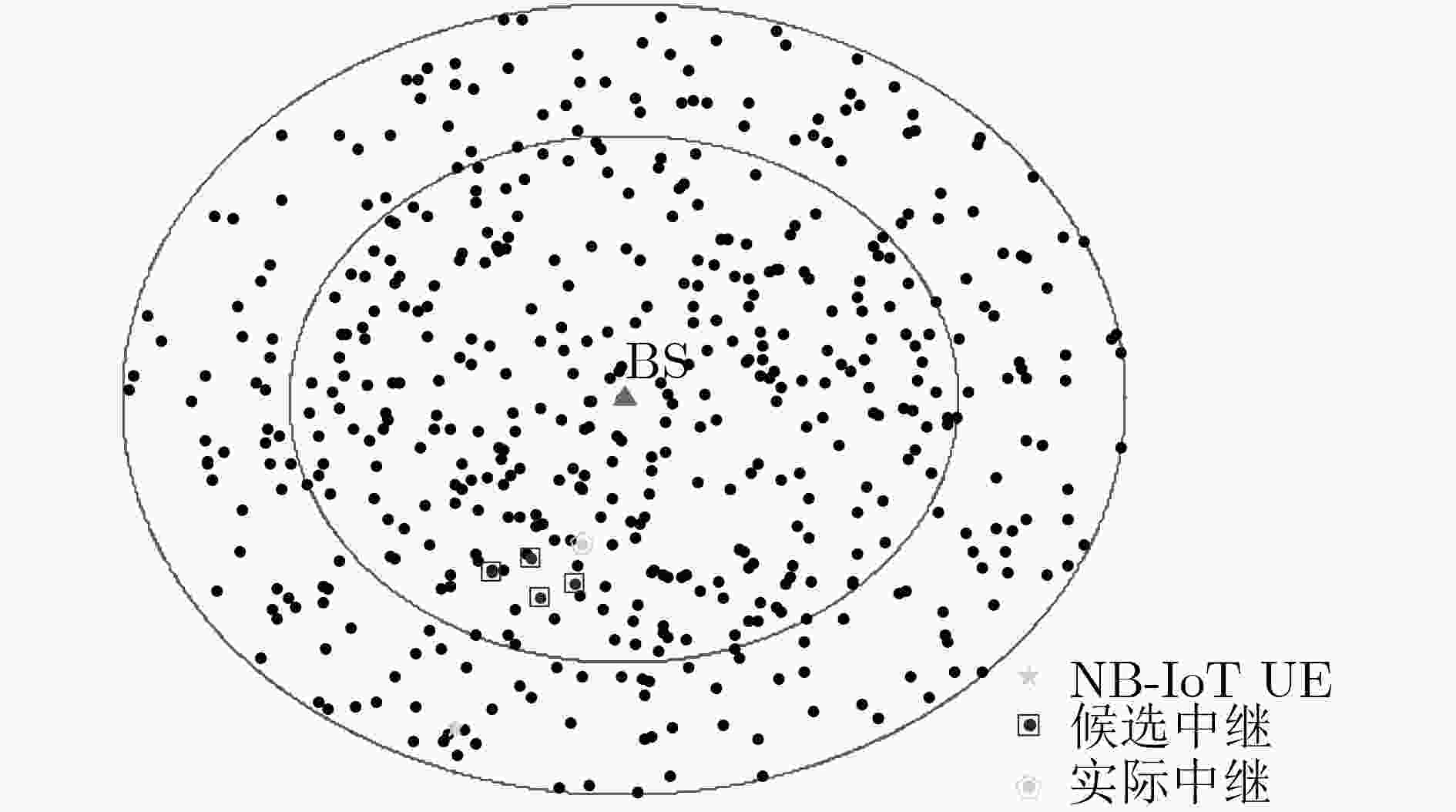

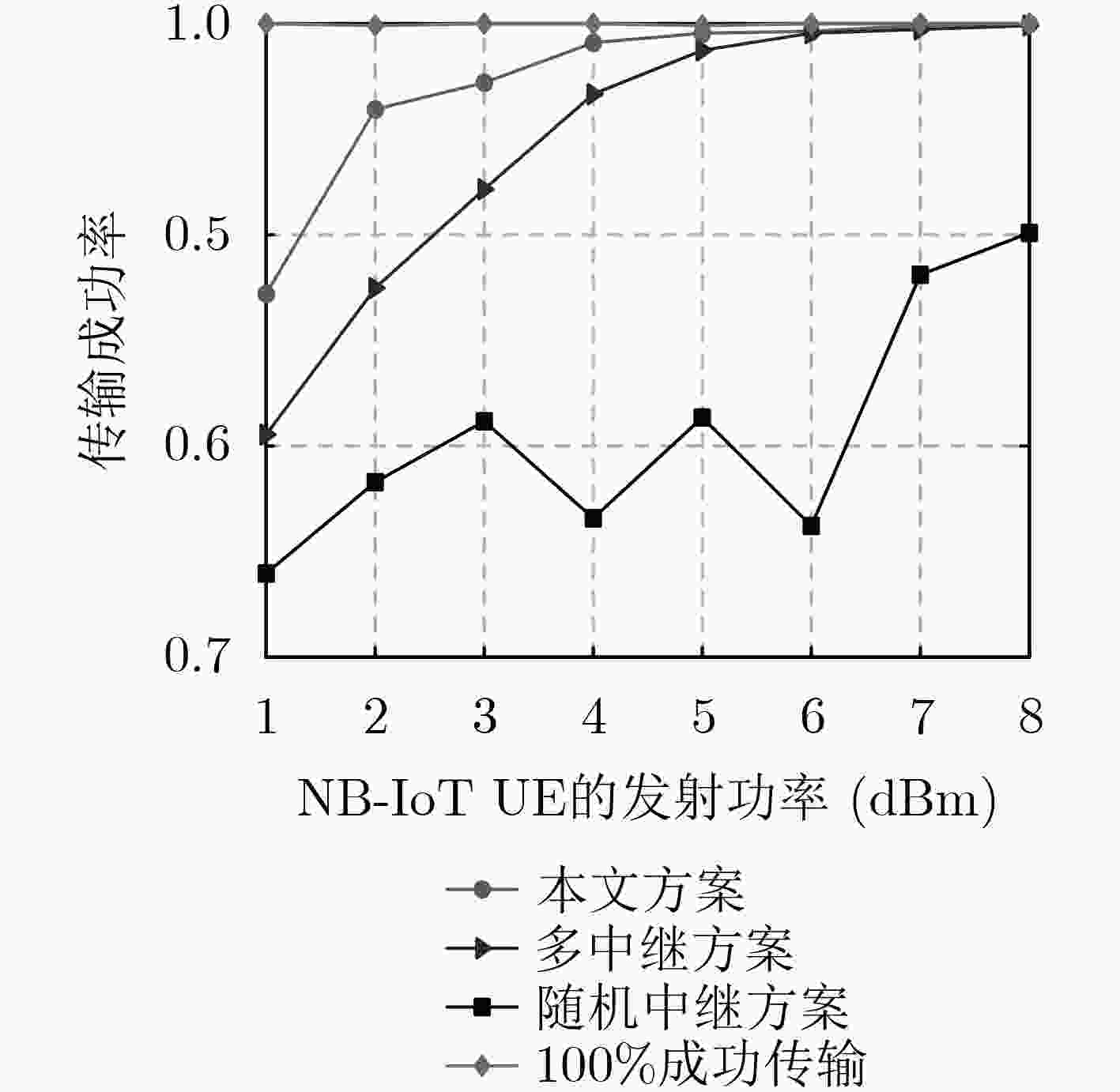

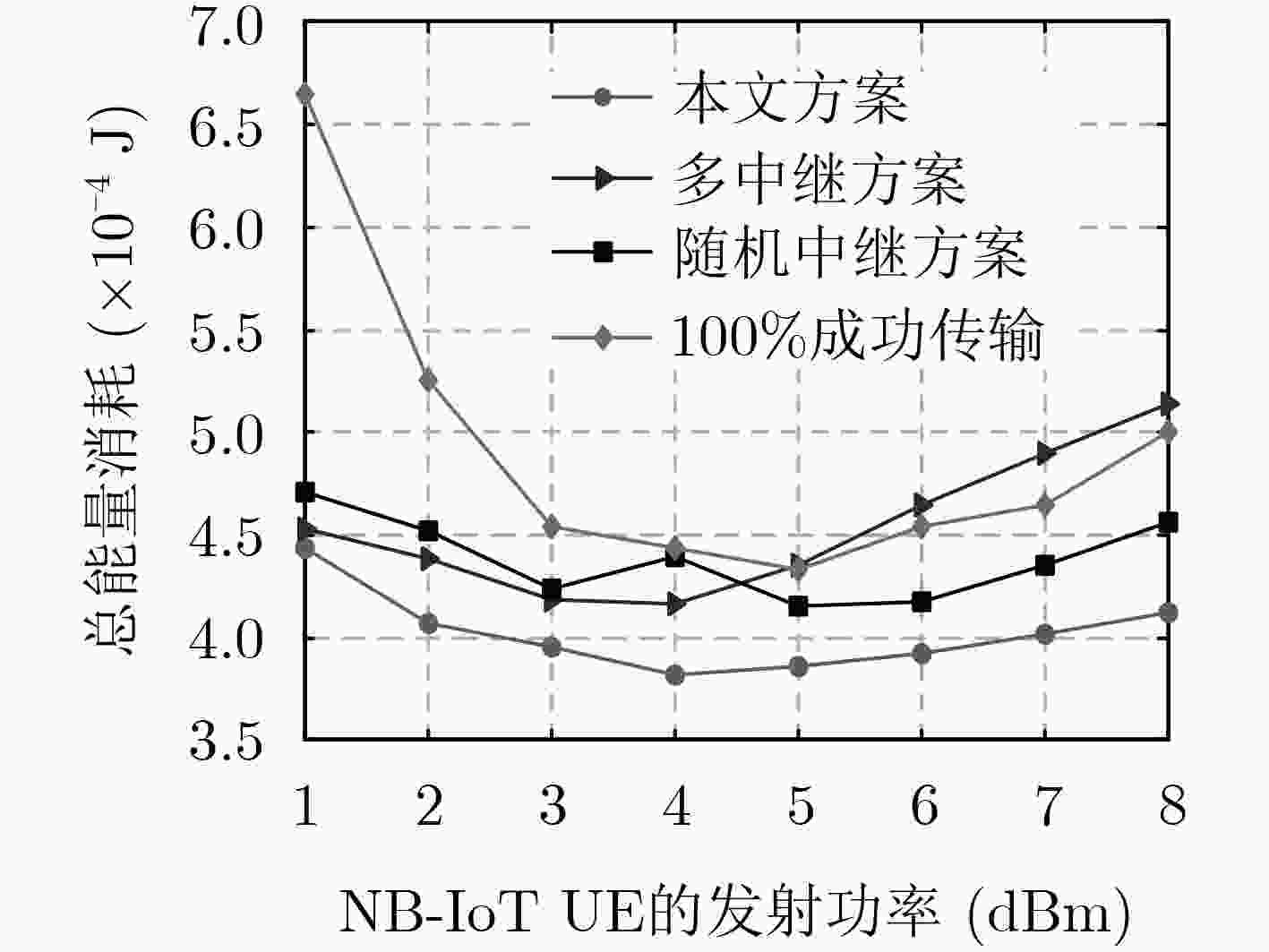

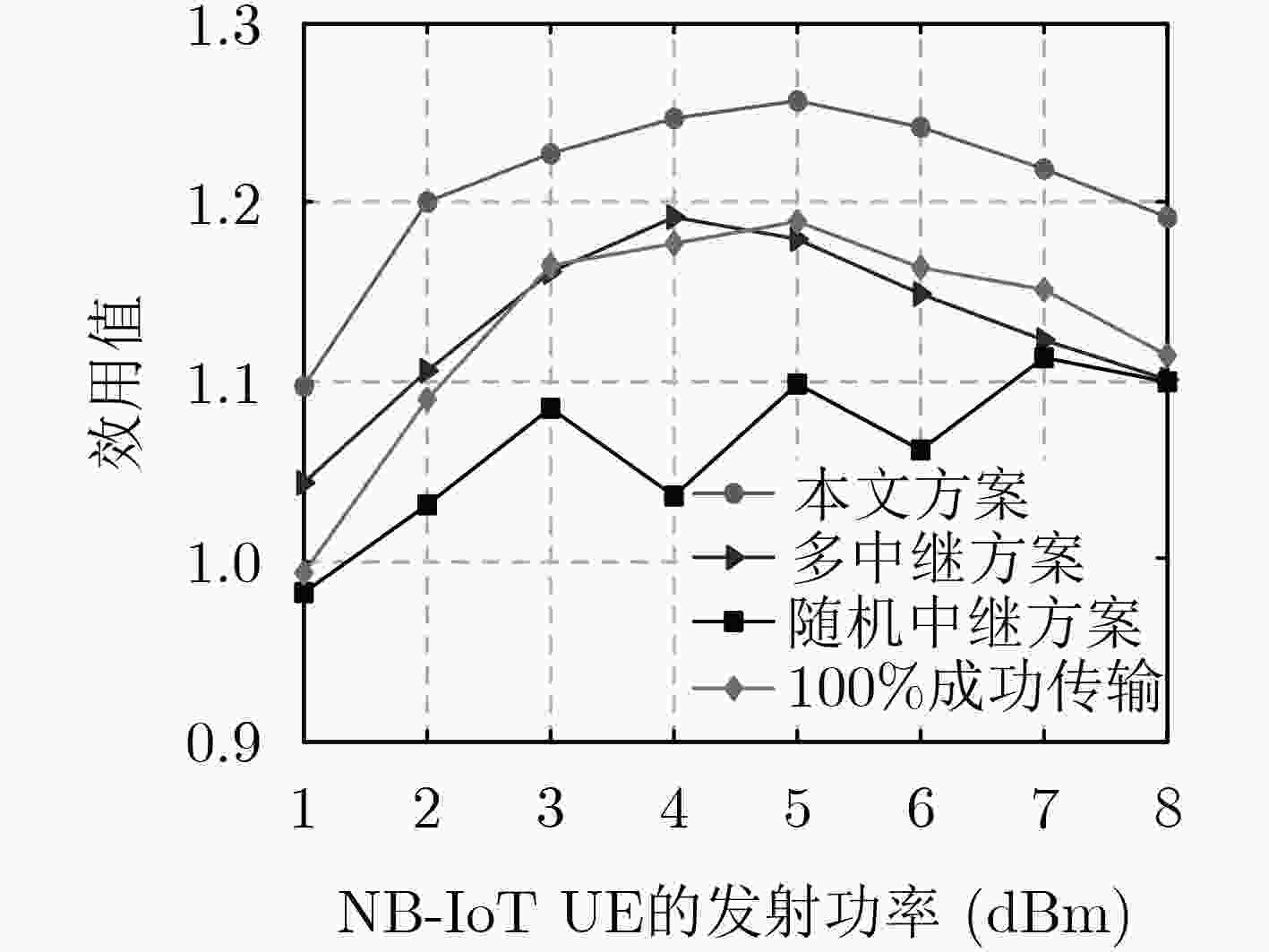


 下载:
下载:
